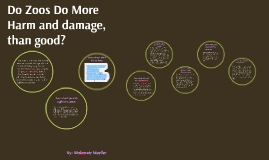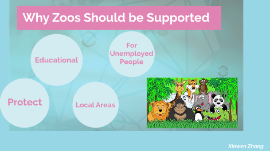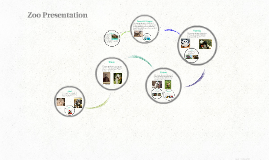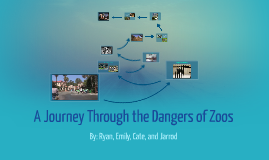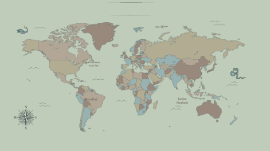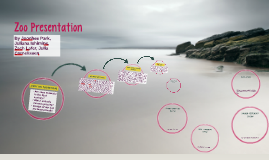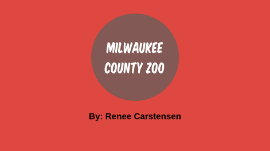Zoo Presentation
Transcript: Animals are taken from their natural habitat. Many animals are euthanized, or put down, for little to no reason. Some zoos even request to take the animal off the owner's hands, but they decline. For example, Marius the reticulated giraffe was shot at the Copenhagen Zoo, since there wasn't enough room for him. Many other zoos offered to buy him, but none of the offers were taken up. Zoo's don't provide sufficient space. Some zoos are connected to circuses. Zoo animals don't live as long. Scientists have seen that many animals in zoos show signs of behavioral problems from being in the same small area, with no new experiences. Zoos, in a way, drive animals crazy. Lions will pace along the edge of their enclosure, and a polar bear named Gus would swim figure eights in the water, for up to 12 hours at a time, giving him the name "the bipolar bear". By: Makenzie Mueller Many animals need more space to explore, and thrive. For example, in the wild, wolves live in territories that span from 300 to 1,000 square miles or more, while an exhibit is normally much smaller than one square mile. Zoos do nothing for conservation. Many zoos want a certain species of animal to exhibit, but can't find a place to buy them. To receive these animals, they capture them from the wild. Over time, this can add up, and decrease the wild population, which could possibly lead to extinction. Animals that have been in zoos or domesticated cannot be released back into the wild, because they haven't learned essential skills. Because of this, endangered animals in zoos cannot be reintroduced successfully into the wild. Do Zoos Do More Harm and damage, than good? Most zoos claim to help the conservation of endangered species by having them in their zoo, and breeding them. In reality, this isn't helping the wild population at all, only the in-zoo population, and the zoo's popularity. The zoos don't help the wild population because the animals don't have the skills necessary for survival, therefore they can't be reintroduced to the wild. Most wild animals live over 3 times as long as animals that live in zoos. Even asian elephants that work in timber camps live as long as their undomesticated cousins. A good example of this is Tilly the orca. He was captured in Iceland in 1981, at the age of two. He died of sickness January 6, 2017. The average lifespan of a wild orca is 50 years, while Tilly died at the age of 38. Too many animals are euthanized. Many zoos want to get rid of one or more of their animals, so they sell them to circuses. Circuses treat their animals very poorly for the most part. They keep their animals in small cages and pens, and a good handful of animals are physically abused, and forced to obey. Zoos can largely effect an animal's mental well-being. There is more evidence that zoos do more harm, rather than good, to the animals that they keep. Such as, insufficient enclosure space, shorter life span, euthanization, animals taken from their natural habitat, effecting their mental well-being, connection to circuses, and lack of helping conservation.






